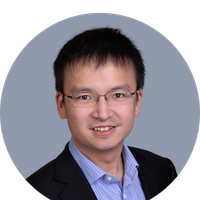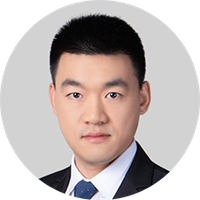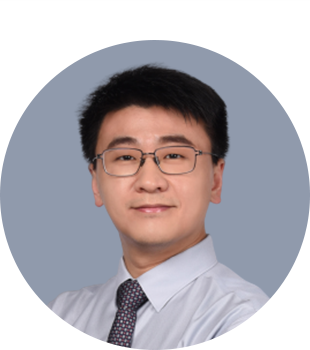Nanotechnology & materials
Danfeng Denver Li
Solving the problems that have puzzled the superconducting materials field for more than 30 years.

MENA
Salim Al-Kaabi
Lubanium, eco-friendly and sustainable products and painting protectants for artists

Global
Ryan Babbush
Efficient quantum simulation algorithms might help find novel, powerful materials.

China
Huiliang Wang
Paving the way to better study and treat neurological disorders such as Parkinson's Disease.

Asia Pacific
Ji Chen
Full quantum computational simulation methods to provide theoretical perspectives to provide simulation algorithms to solve complex processes.
